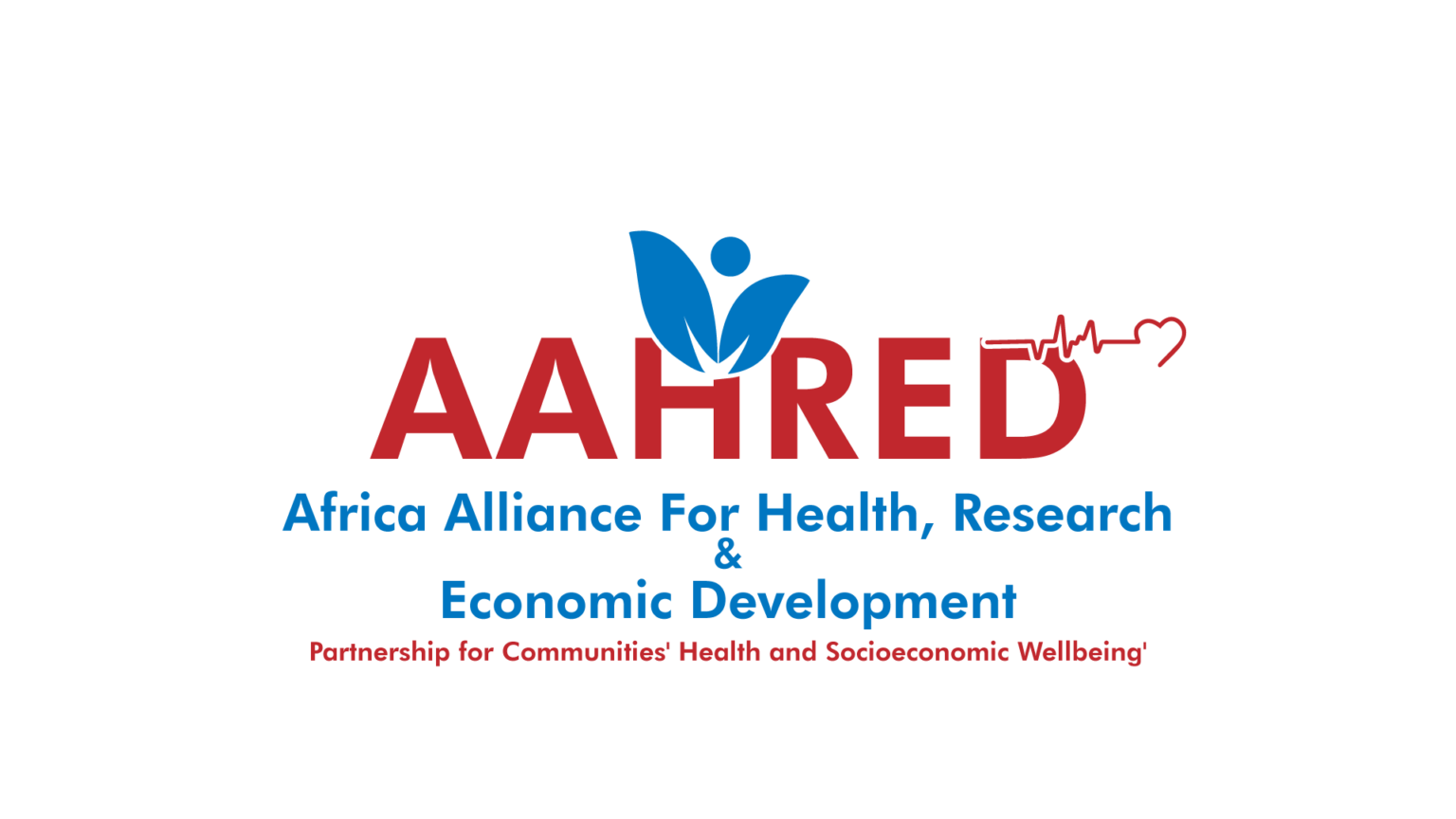Environment & Health
AAHRED aims at facilitating the formulation and development of innovative models and mechanisms of sustainable resource management. The organization seeks to advance community-led innovations that are cost-effective, sustainable-oriented, all-inclusive resource management models. Environmental Management and conservation activities that include, Tree planting, Air and Pollution, Waste management, Conservation activism, Training, and Research
Air pollution
Air pollution is magnified by the same factors that contribute to climate change. Around two billion children live in areas where air pollution levels exceed World Health Organization (WHO) standards, exposing them to toxic air and jeopardizing their health and brain development. Each year, over half a million children under the age of five die due to air pollution. Additional children will sustain permanent damage to their developing brains and lungs.
Air pollution is now Africa’s second leading cause of death. It kills more people than tobacco, alcohol, traffic accidents, and drug abuse combined. Only AIDS is responsible for more deaths. Lower respiratory infections (336 460 deaths, 95 percent UI 251 827–430 493), ischemic heart disease (223 930, 185 558–268 252), neonatal disorders (186 541, 152 569–229 402), chronic obstructive pulmonary disease (70 479, 53 765–87 251), and stroke (193 936, 165 936–227 196) are the leading causes of death attributable to air pollution.
Air pollution-related disease and death patterns vary considerably across Africa. The highest rates are found in countries with the least developed social systems.
Advocacy and outreach to address air pollution targets;
- Promoting transitioning to clean, renewable sources of energy
- Making air pollution prevention and control a top priority in all countries
- Advocate for allocation of sustainable, long-term funding for air pollution control
- Work to reduce household air pollution
- Conduct source apportionment studies to identify and quantify the most important sources of air pollution
- Track patterns and trends in air pollution by establishing robust monitoring systems
- Advance air pollution control through public education campaigns
- Champion air pollution control through the establishment of multi-sectoral partnerships
- Promote research and build research capacity on air pollution, human health, and the economy in African research institutions
Water Pollution
Water resources must be supplied on a regular basis in order for all forms of life on Earth to survive, including food production. Rivers account for about 0.1 percent of the earth’s land surface and contain only 0.01 percent of the world’s water. The rising reliance on water resources for long-term survival has hampered efforts to minimize pollution and enhance water quality. Point source pollution refers to contamination that originates from a single recognized source. Non-point pollution sources are contaminants that enter the environment via multiple pathways rather than a single point.
Cross-border pollution, in particular, occurs when pollution introduced in one location has an influence on another location hundreds or thousands of kilometers away. Agriculture degrades streams more than urbanization. Sewage can be utilized as a fertilizer since it releases essential elements such as nitrogen and phosphorus into the surrounding environment. The large amounts of organic and non-biodegradable trash produced on a daily basis, on the other hand, make solid waste disposal extremely problematic. The accumulation of water and increase in salinity are primarily the result of leaks and seepage.
Fertilizers, pesticides (including herbicides and insecticides), and agro-chemical waste are all examples of popular agricultural chemicals used in crop fields to increase yields. When pesticides are used carelessly in bodies of water and soil, a large amount of poison is released into the environment.
Pollutant removal from contaminated water is time-consuming, costly, and, in some cases, impossible.
More than 80% of the world’s wastewater is still untreated, and it contains a variety of contaminants ranging from human waste to very hazardous industrial emissions, among other things.
Freshwater’s suitability for various human activities such as drinking, bathing, and agriculture is influenced by the nature and quantity of pollutants present. Besides from that, pollution of freshwater ecosystems does have the ability to drastically harm fish and aquatic animals’ environment and general quality of life.
Monitoring of water, freshwater ecosystem health mainstreaming, water-related conflicts and disaster resolution, promoting sustainable development, and assessing global quality of the water are all areas where AAHRED believes collaboration is essential.
